Does Eos R Have Nd Filter?
The Canon EOS R is a popular full-frame mirrorless camera that has garnered significant attention from both amateur and professional photographers. One of the common questions that arise among potential buyers and current users is whether the EOS R has a built-in ND (Neutral Density) filter. This article aims to address this question comprehensively, exploring the implications of the presence or absence of an ND filter, and providing practical solutions for photographers who require this feature.
Understanding ND Filters
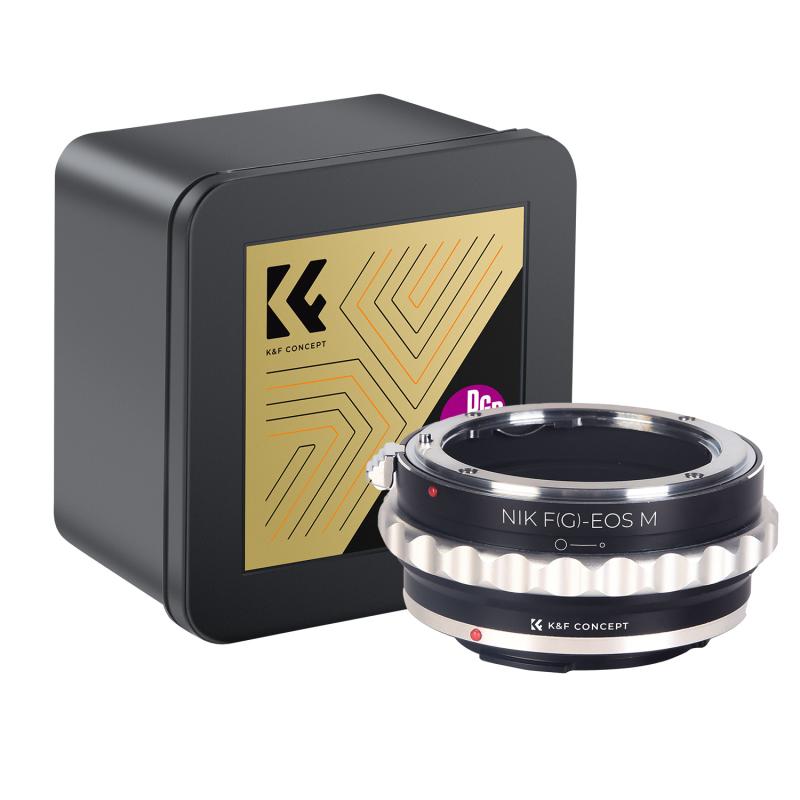
Before diving into the specifics of the Canon EOS R, it is essential to understand what an ND filter is and why it is important. An ND filter is a photographic filter that reduces the intensity of light entering the lens without affecting the color of the image. This reduction in light allows photographers to use slower shutter speeds or wider apertures in bright conditions, enabling creative effects such as motion blur or shallow depth of field.
Does the Canon EOS R Have a Built-In ND Filter?
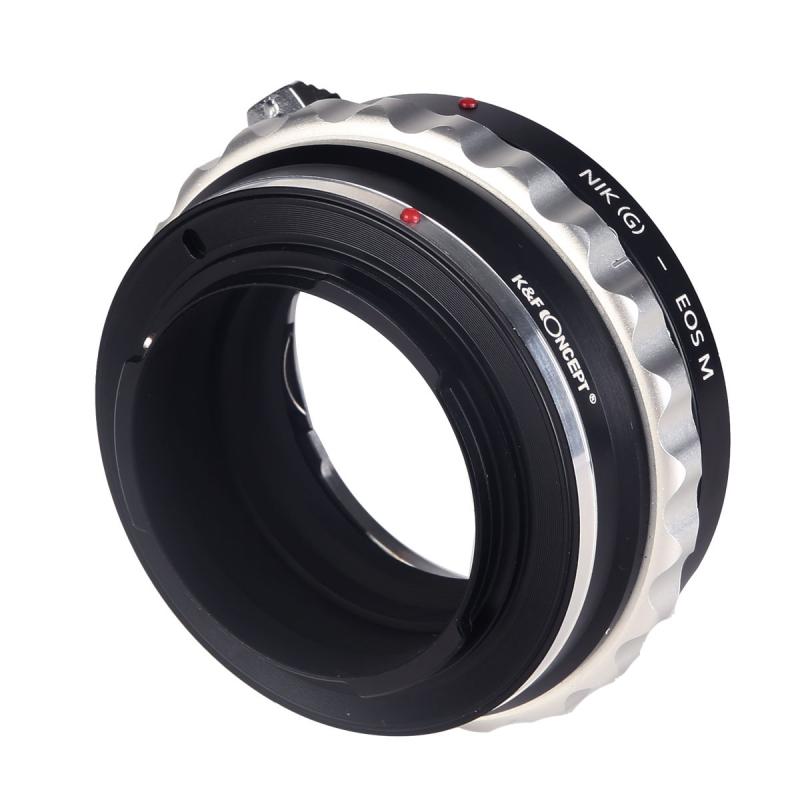
The straightforward answer is no, the Canon EOS R does not have a built-in ND filter. Unlike some high-end video cameras or certain compact cameras that come with integrated ND filters, the EOS R requires external ND filters to achieve the same effect. This might be a drawback for some users, especially those who frequently shoot in bright environments and need the flexibility that ND filters provide.
Practical Solutions for EOS R Users
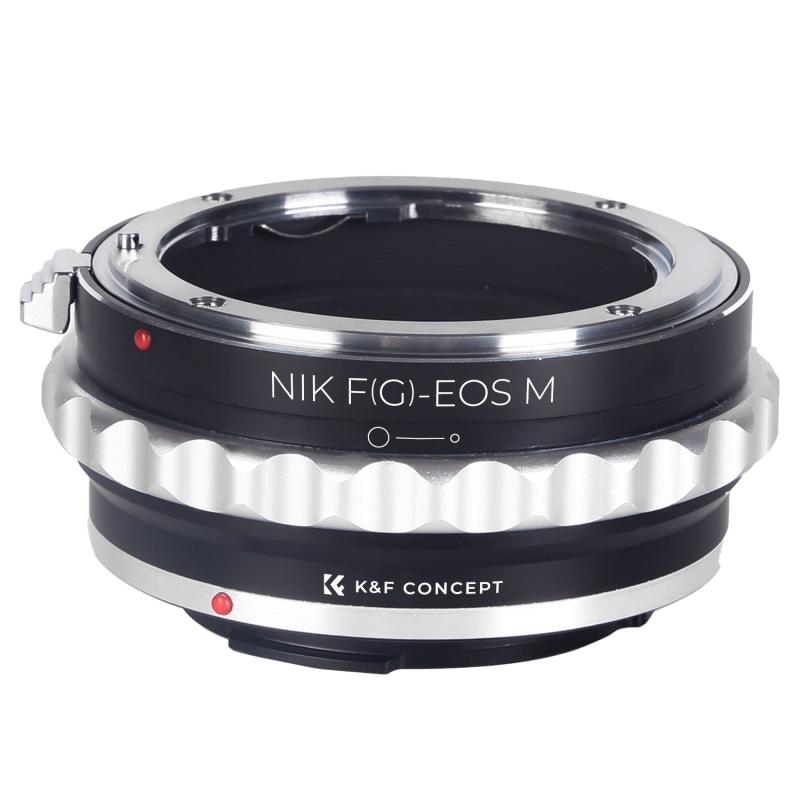
Despite the lack of a built-in ND filter, there are several practical solutions for EOS R users who need to use ND filters:
1. Screw-On ND Filters: These are the most common type of ND filters and are available in various strengths (measured in stops). They screw onto the front of the lens and are easy to use. However, they require you to have the correct filter size for each lens you own.
2. Variable ND Filters: These filters offer adjustable light reduction, allowing you to change the ND strength by rotating the filter. They are convenient because one filter can replace several fixed ND filters, but they can be more expensive and may introduce image quality issues at extreme settings.
3. Square or Rectangular ND Filters: These filters are used with a filter holder that attaches to the lens. They offer more flexibility and can be used with multiple lenses by changing the adapter ring. They are popular among landscape photographers for their versatility.
4. Drop-In Filter Mount Adapter: Canon offers a unique solution for EOS R users with the EF-EOS R Drop-In Filter Mount Adapter. This adapter allows you to use EF lenses on the EOS R and includes a slot for drop-in filters, including ND filters. This is an excellent option for those who already own EF lenses and want to use ND filters without the hassle of screw-on or square filters.
Choosing the Right ND Filter
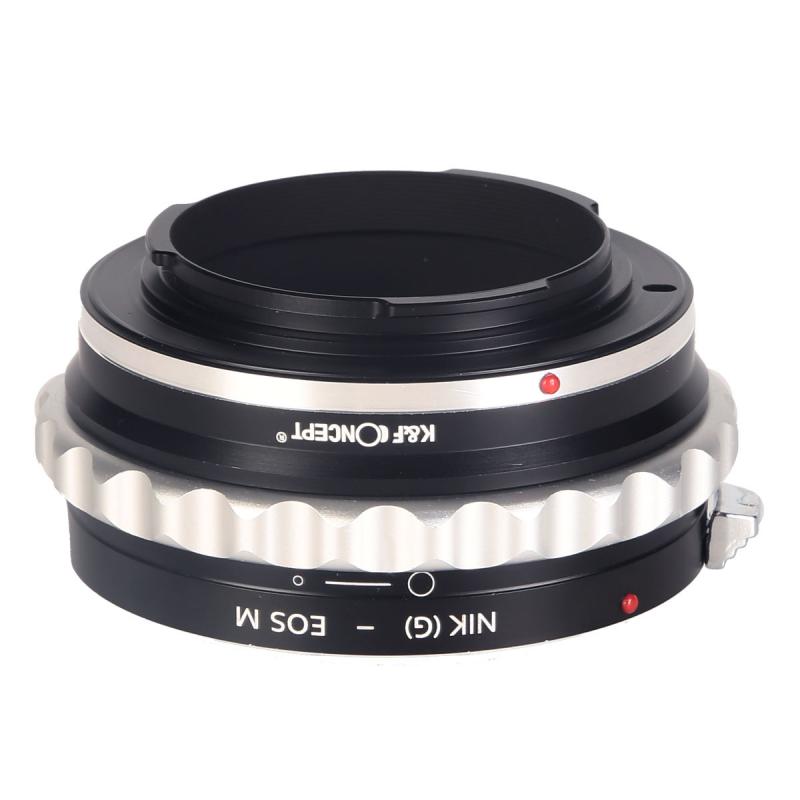
When selecting an ND filter, consider the following factors:
1. Strength: ND filters come in different strengths, typically ranging from 1 stop to 10 stops or more. The strength you need depends on the lighting conditions and the effect you want to achieve. For example, a 3-stop ND filter might be sufficient for reducing light on a cloudy day, while a 10-stop filter is better for long exposure shots in bright sunlight.
2. Quality: Higher-quality ND filters are made from better materials and have superior coatings that reduce reflections and maintain image quality. Investing in a good quality filter can make a significant difference in your photos.
3. Size: Ensure that the filter size matches your lens. If you have multiple lenses with different filter thread sizes, consider using step-up rings or a filter system that can accommodate various sizes.
Practical Applications of ND Filters
ND filters are incredibly versatile and can be used in various photographic scenarios:
1. Long Exposure Photography: ND filters allow you to use slow shutter speeds even in bright conditions, creating stunning long exposure effects such as smooth water, streaking clouds, and light trails.
2. Portrait Photography: By reducing the light entering the lens, ND filters enable you to use wide apertures for a shallow depth of field, even in bright sunlight. This helps isolate the subject from the background and achieve a pleasing bokeh effect.
3. Video Recording: ND filters are essential for videographers who need to maintain a specific shutter speed for cinematic motion blur while shooting in bright conditions. They help achieve the desired exposure without compromising the frame rate or aperture settings.
While the Canon EOS R does not have a built-in ND filter, there are several effective solutions available for photographers who need this functionality. By understanding the different types of ND filters and their applications, EOS R users can make informed decisions and continue to capture stunning images and videos in various lighting conditions. Whether you opt for screw-on filters, variable ND filters, square filters, or the drop-in filter mount adapter, incorporating ND filters into your photography toolkit can significantly enhance your creative possibilities.


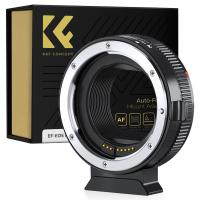
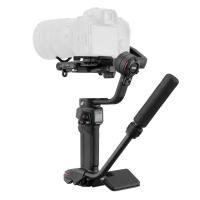
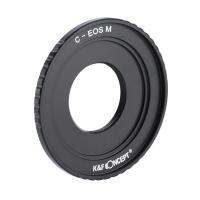
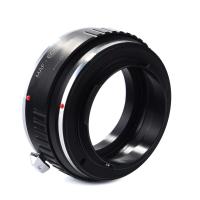
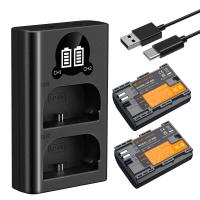

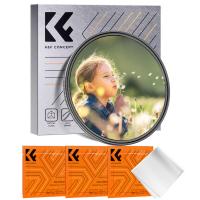
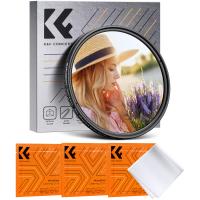
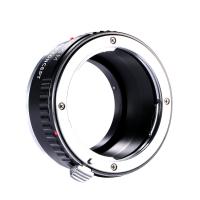
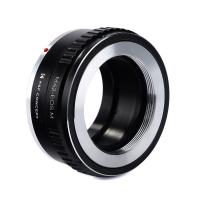

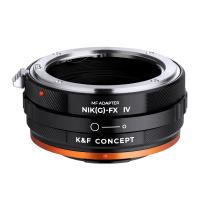
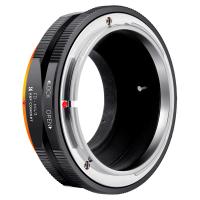
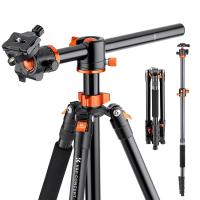

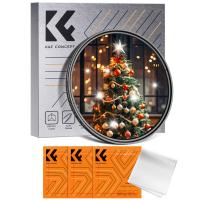



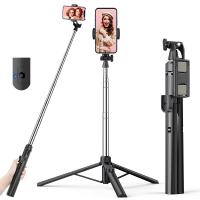




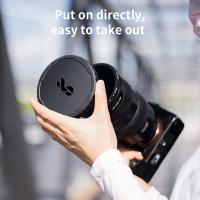

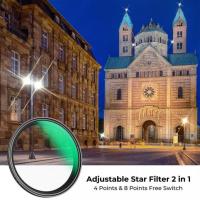
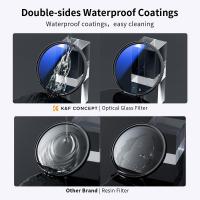




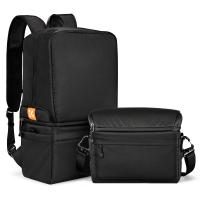

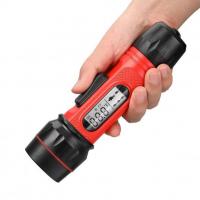
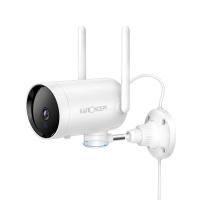


There are no comments for this blog.